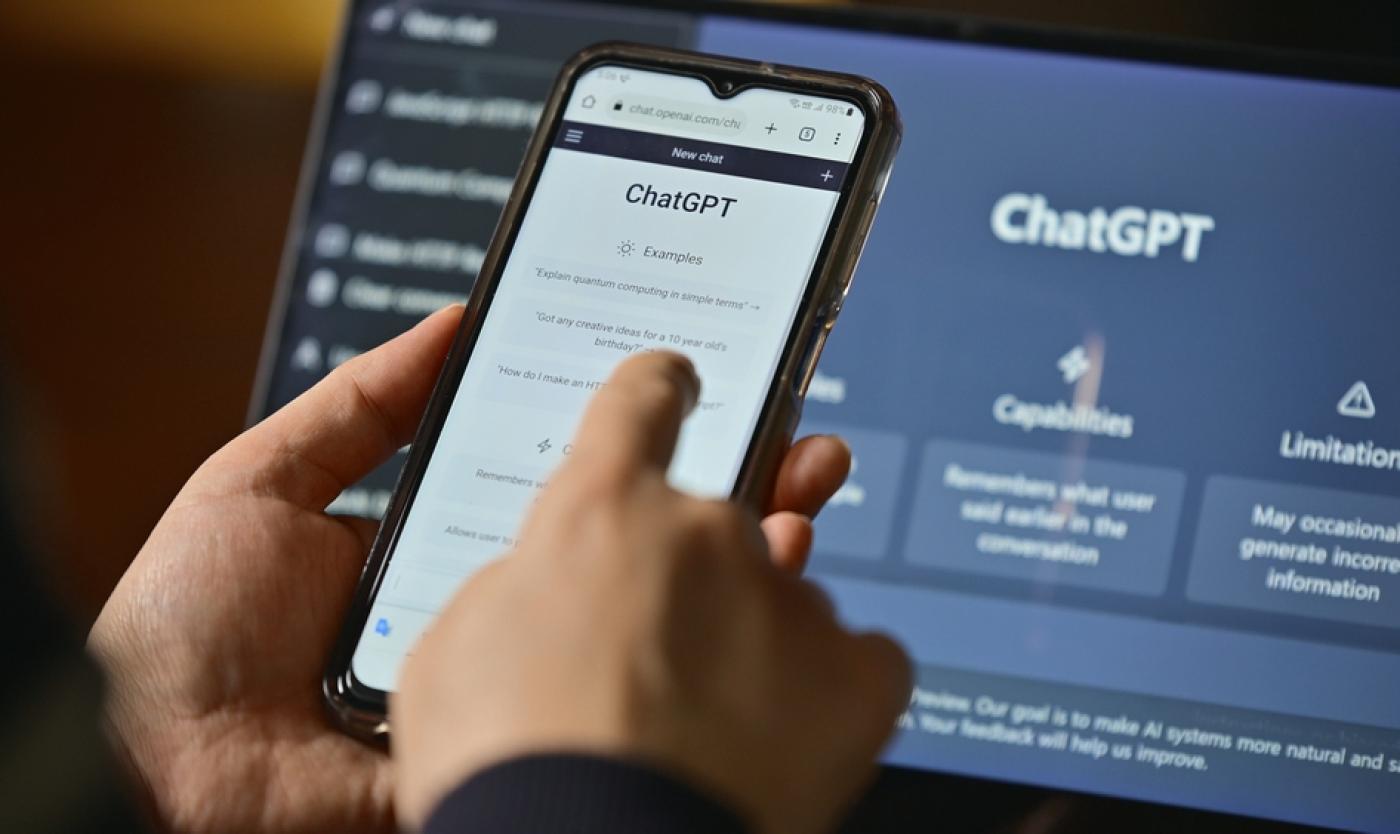
Why does Netflix always seem to give you more of the same? And how can technology still surprise you with something new that truly resonates? Professor Annelien Smets (VUB) researches how digital systems can do more than merely confirm what we already know — they can also broaden our horizons. Her mission: to design algorithms that take us out of the bubble and help us discover the unexpected.
In a world where algorithms are increasingly skilled at predicting our preferences, the need for surprise is growing. While recommendation systems are efficient at offering ‘more of the same’, they also risk locking us into a digital comfort zone. Professor Smets, affiliated with the VUB and imec-SMIT, explores how we might use digital technology to achieve the opposite: serendipity — the chance discovery of something valuable you weren’t actually looking for.
In her Serendipity Engine project, she develops systems that not only reinforce users’ existing tastes but also gently encourage them to try something new. Think of a streaming platform that, despite your fondness for action films, suggests a surprisingly moving romance. Or a city app that guides you to an unfamiliar square you would normally walk straight past.
Smets is investigating how such digital surprises can enrich not only our media consumption but also our urban experiences. In this interview she reflects on the power of the unexpected, the role of users in discovery, and why serendipity is not a luxury but a necessity in an era of digital polarisation. “It’s about finding the balance between giving people what they’re looking for and, at the same time, helping them discover something different.”

You study how digital systems can surprise us. What fascinates you about the idea of ‘digital serendipity’?
Annelien Smets: “At first glance, ‘digital serendipity’ sounds like a paradox. Data and algorithms are primarily focused on making things predictable, while serendipity is all about the unexpected. I find it fascinating to explore how we can reconcile that tension.
“And the concept also appeals to me personally. Serendipity points to the potential we all have to discover new things. That, for me, is what makes being a researcher so exciting: if you’re given the freedom to be curious, you’re constantly discovering.”
You also study digital serendipity in cities. How might technology increase that sense of discovery?
“There are many possibilities. Take a cycling app. Instead of simply showing you the fastest route from A to B, it might also suggest a path that takes you past a historic site, or along quieter streets, allowing people to rediscover their surroundings.
“But there’s also great potential in the data cities already hold. We know how people move through urban spaces, and where crowds tend to gather. With that knowledge, you can make physical interventions. On a little-used square, for instance, you might install benches to invite people to stop and look around — perhaps discovering a place they’d never noticed before.”
Can technology and serendipity really go together?
“It depends on the user. When we talk about serendipity as a design principle, what we mean is increasing the likelihood of discovering something new. But we can’t guarantee it will actually happen. That depends on the person using the technology. “Think of it like a library. Libraries often display themed selections or put certain books face-out to spark curiosity. But if you walk straight to the shelf with your favourite author, you won’t discover anything new. It’s exactly the same with serendipity in technology.”
Can there be too much serendipity?
“Again, it depends on the user. Some people are naturally curious and love to try new things, while others are more cautious and need a little nudge. That’s what makes designing for serendipity so challenging: it’s always about the interaction between user and technology. Timing also matters. Sometimes you switch on the television knowing exactly what you want to watch. In that moment, you don’t want 25 suggestions for alternatives. But the next day, you might be open to exploring. Even within one person, the appetite for discovery can vary — often depending on how much time they have. People in a rush go straight for their goal; people with time to spare are more willing to browse. Technology that fosters serendipity has to account for those shifting needs. It’s about balancing familiarity with the unexpected.”
“I wonder whether, with ChatGPT and AI, we’re losing the skill of searching and discovering for ourselves”
Who’s actually interested in serendipity?
“I think everyone is, really. By definition, serendipity brings a positive feeling for the user. People enjoy being surprised — not just shown the familiar. We work a lot with Flemish cultural organisations, who want to inspire audiences and help them discover new things. For instance, we collaborated with CultuurConnect to make book searches on Flemish library websites more serendipitous. But plenty of commercial media players are equally interested.”
How could the news media engage with this idea?
“News outlets could experiment with new forms of engagement that don’t just enrich content but also have strategic value. They can stimulate more diverse news consumption, helping people not only to read broadly, but also from different perspectives. Serendipity can also play an emotional or connective role. Increasingly, people avoid the news because of the overload of negativity. A small, unexpected story with a positive twist can brighten the reader’s experience — and those are often the stories people share.”
So serendipity isn’t at odds with commercial interests?
“No — although that’s often assumed. Look at successful apps and services: what do they promise users? That you’ll discover something new — a new artist, a new series, a new film. That’s their value proposition.”
But in reality, don’t they just keep showing us the same things?
“I can’t give a definitive answer, because right now we can’t measure it objectively. Anecdotally, people often say streaming apps only serve them the same content. But plenty of others say they do discover new things and feel genuine serendipity. And even if the content matches your preferences, you can still encounter things you didn’t fully know before. You can feel serendipity inside a so-called filter bubble. Much depends on how people use the platforms. Some even create multiple Netflix profiles just to get more diverse recommendations.”
So users themselves can take steps to create more serendipity?
“Yes — and I worry we may be losing that skill. Two years ago, if you wanted information, you Googled it. You had to scan the results and decide which sources to use. Today, people increasingly turn to ChatGPT, or get an AI-generated answer at the top of their search results. I wonder whether we’re losing the ability to search and discover for ourselves. And that could have major consequences. It’s not just about online content: digital recommendations increasingly shape our offline choices too. Think of a Google search for restaurants — that often determines where you’ll actually eat. In that way, algorithms are shaping how we experience our physical environment as well.”

Finally, is the lack of serendipity unique to our era?
“The term ‘filter bubble’, coined in 2011 by Eli Pariser, definitely heightened awareness of digital serendipity, because many see it as the solution to the problem. But filter bubbles existed long before the phrase. Traditional media had the same effect: the newspaper you read determined what information you received — and what you didn’t. Of course, today’s technologies work differently. The more content there is online, the greater the role of systems that decide what we see. But perhaps it only feels like there’s less serendipity now, because our own habits are more fleeting. Serendipity requires attentiveness — and that’s under pressure in the way we engage with digital media.”
Bio Annelien Smets
Professor Annelien Smets teaches courses on media economics, digital innovation and digital business models in the Faculty of Communication Sciences. At the VUB and imec-SMIT, she conducts research on digital media innovation. She leads the Serendipity Engine project, which investigates how to design recommendation systems that not only confirm our existing tastes but also connect us intelligently with unexpected yet valuable information. She earned a PhD in Media and Communication Sciences at the VUB, and also holds degrees in Business Economics, Information Management and Artificial Intelligence (specialising in speech and language technology) from KU Leuven.